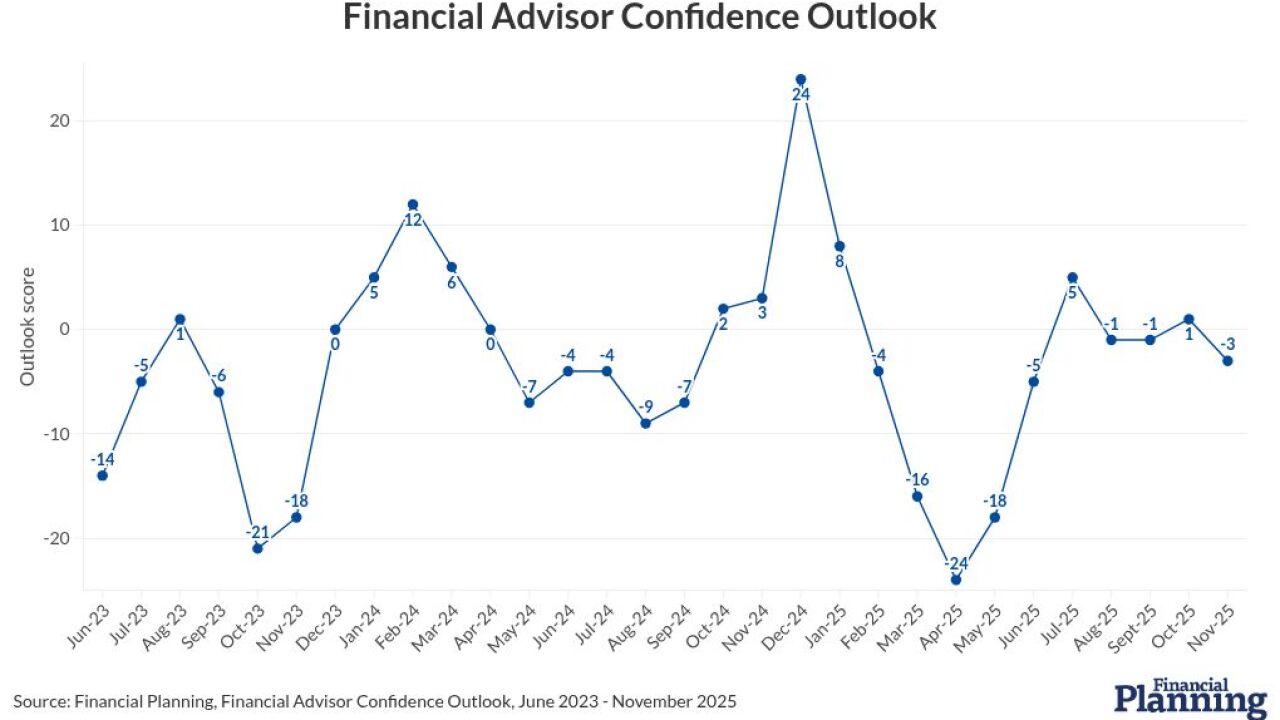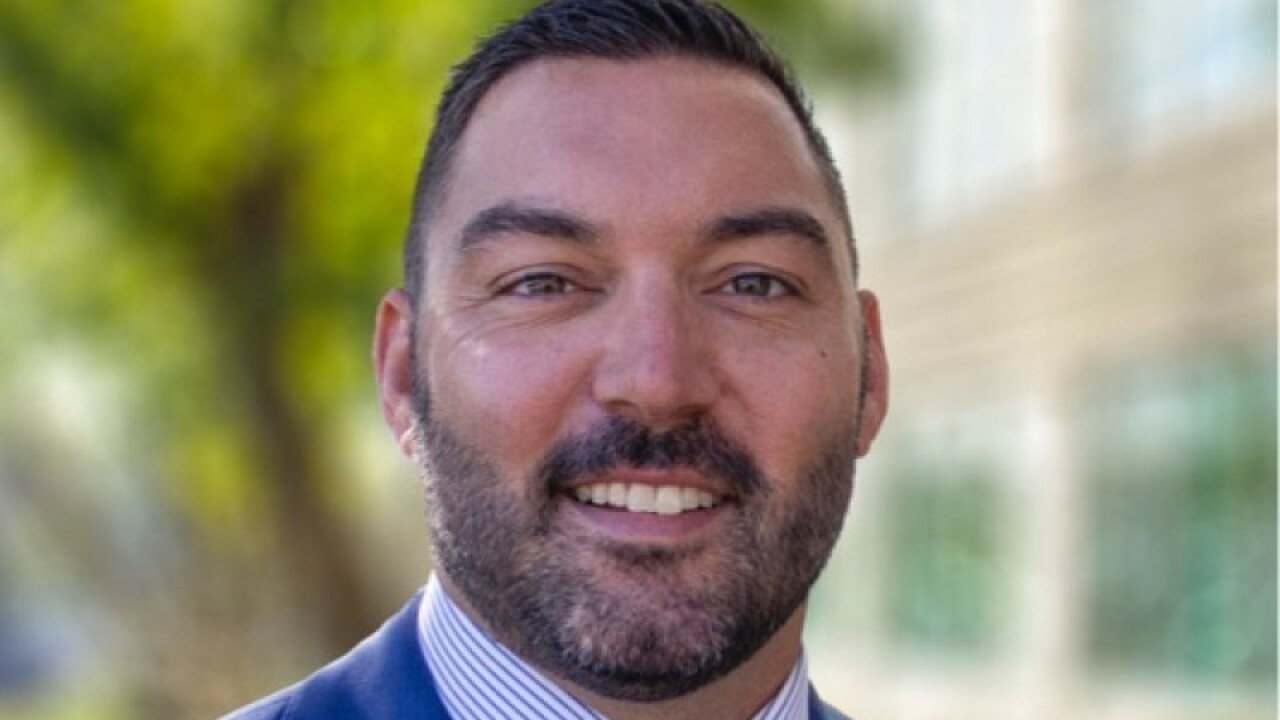Financial advisors offer advice, of course, but they'd be much better off if they thought of themselves as consultants. By working in partnership with their clients over time, they would focus on developing a comprehensive set of solutions for each client.
In hopes of ensuring that you are giving clients a consultative experience, CEG Worldwide has developed the Consultative Client Management Process, which revolves around a series of meetings with each of your prospects and clients. Each of these five meetings is designed to win, service and retain a client while fostering trust, growing the relationship and even delighting your customer - as well as providing the opportunity for referrals.
One financial advisor we coach who's been using our process for the past year says it's helped his firm get five new referrals from a CPA who'd never sent referrals before. It's also enabled the firm capture additional assets.
"The affluent like to diversify among financial advisors, and there have been clients whom we have tried to consolidate all their assets with us for years with no success," he says. "But by taking these clients through [the consultative] process, we've been able to convince many of them to move their other assets over to us. As a team, we brought in $70 million last year, and a lot of that was from clients who had $1 million-plus relationships with other advisory firms."
DISCOVERY MEETING
The foundation of wealth management is uncovering clients' key financial needs. Without this, all of the specialized financial expertise in the world is of little use.
To comprehend a client's entire financial picture and most important values, relationships and dreams, this first meeting focuses on a Total Client Profile interview. (For more about this, see Paul Brunswick's video, The Discovery Meeting - The Key to Winning the Trust and Assets of the Affluent, at the Elite Advisor Forum at financial-planning.com.)
The advisor mentioned above credits the Discovery Meeting as the key to his recent success. "I have always been interested in getting to know clients well, but the Discovery Meeting process lets me go deeper and learn what they really want and care about in life, and therefore be a better advisor for them," he says. "The process ties investors' money to their core values and needs, and that has kept the emotional side of investing in check when the markets have fallen."
INVESTMENT PLAN MEETING
Next, present the prospect or client with a detailed plan based on what you learned in the Discovery Meeting. The plan should fully establish you as a knowledgeable and thorough professional in the eyes of the prospect and serve as the road map that can help achieve his or her goals. The plan you create should include key aspects, such as:
* The prospect's long-term needs, objectives, values and time horizon.
* The level of volatility a prospect is willing to accept in any one-year period without terminating the investment program.
* The rate of return objective, investment methodology and asset classes that will be used to create and populate the prospect's portfolio.
After you've presented the plan, you should ask the person if he or she thinks there's a basis for going forward. Most prospects will say yes.
"Sometimes clients wonder why you ask them for such detailed information during the first meeting," the advisor reports. "But by the time we've come to the end of the second meeting and I've presented a plan that reflects their answers to my deep discovery questions, the lightbulb goes on and they begin to see the value of all that detail."
Even if a prospect is ready to hire you formally at this point, don't ask for that commitment just yet. Instead, ask a prospect to take the plan home and review all the details carefully. Ask his or her to sleep on it and call you back later. This step signals that you are more than a salesperson.
"We don't try to sign up clients at the first or second meeting even if the clients want to. I think that's very important," the advisor says.
"Instead of feeling like I'm trying to give them the hard sell, they get that I really want to understand them deeply and correctly before we agree to move forward together," he explains. "That creates a much stronger basis for a great long-term relationship."
MUTUAL COMMITMENT MEETING
It's time to agree to work together. First, address all questions and be ready to offer proof statements, such as articles and books aligned with your philosophy that address issues the prospect raises. Then execute official documents. The paperwork should be prepared with "sign here" stickers.
This is also the time to start your introductions process. Once your prospect is a client, you should begin to leverage the relationship by asking for introductions.
Since your new client is impressed enough to trust you with his or her financial future, he or she is usually willing to provide names of qualified prospects and their contact info in your target market. You simply have to ask. The best approach is to offer to provide a complimentary portfolio review for family, friends and associates.
45-DAY FOLLOW-UP MEETING
It's easy for a new client to become overwhelmed by paperwork in the weeks following the implementation of an investment plan. This fourth meeting allows you to help the client understand and organize the paperwork. Create a tabbed organizer with sections for statements, your progress reports and newsletter.
Set up the next meeting, explaining that it will be your first Regular Progress Meeting to review a client's efforts toward meeting his or her goals. Let a client choose the time interval for these meetings or, if a client is unsure, recommend that you sit down quarterly.
REGULAR PROGRESS MEETINGS
During these meetings, ask about major changes in a client's personal or financial life. A job change, divorce or recent death in the family, for example, may all require adjustments to a wealth management plan.
This is also the time to review a client's investment position and progress with his or her investment plan. Point out any significant changes since your last meeting. Explain performance, both absolute and relative to the appropriate market benchmarks. Contrast this with expectations.
It's also an opportunity to review advance planning needs. Your role is to coordinate clients' financial lives, so use these meetings to discuss clients' priorities on estate planning and charitable gifting. The advisor quoted in this story says this has become an important differentiator for him. He reviews clients' needs with a team of experts in such areas as tax and estate planning.
In addition, ask for introductions and additional assets. Does your client know anyone who might benefit from your services? Will your client allow you to manage additional assets?
The consultative process requires more time than other methods to uncover a prospect's most important goals and challenges, and convert him or her into a client. But that time yields substantial dividends.
Advisors using our process are positioned perfectly to leverage their core competency of client relationship management. They also build high-quality relationships systematically that leave clients satisfied and ready to recommend their advisor to others.
John J. Bowen Jr.is founder and CEO of CEG Worldwide, a global training, research and consulting firm for advisors.





